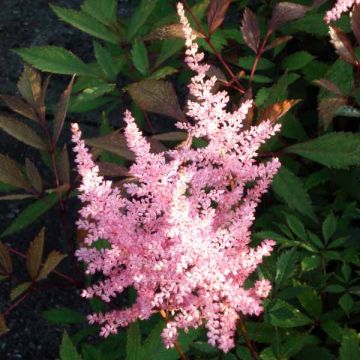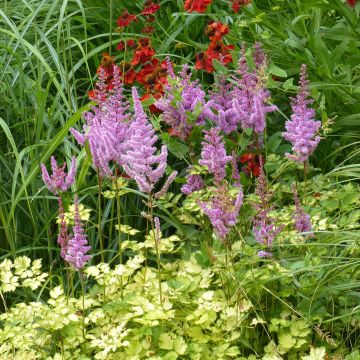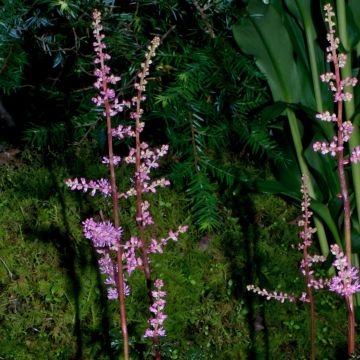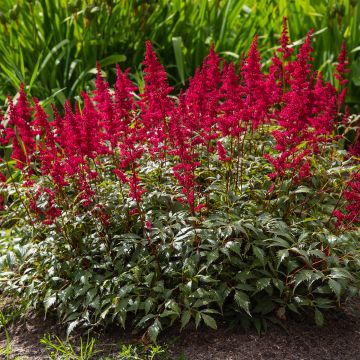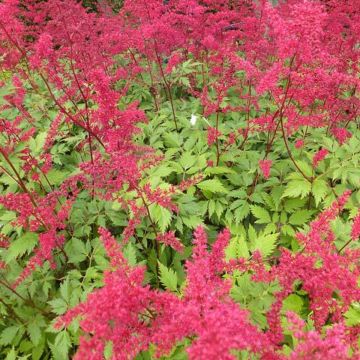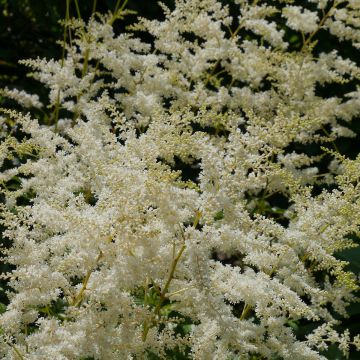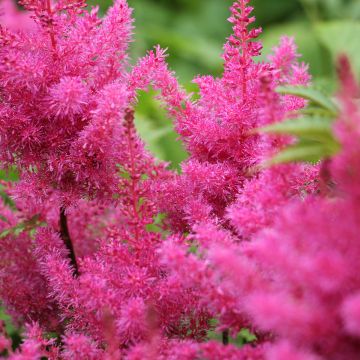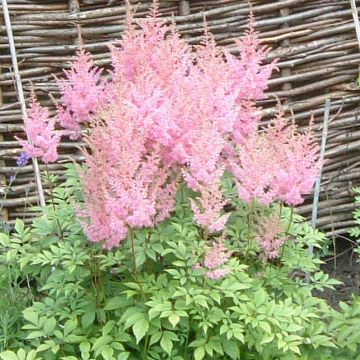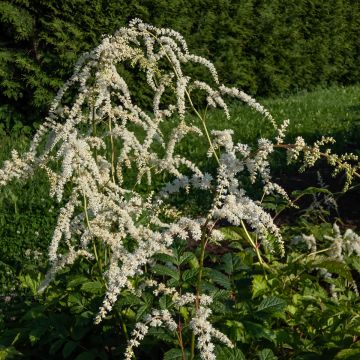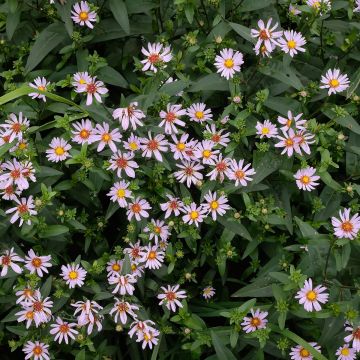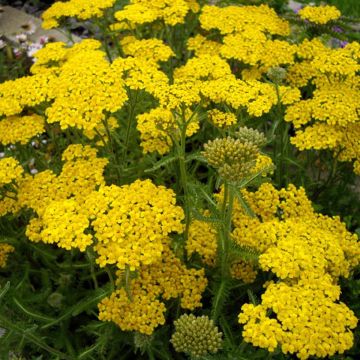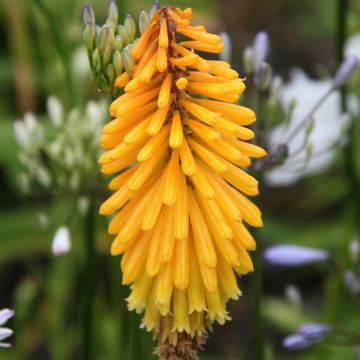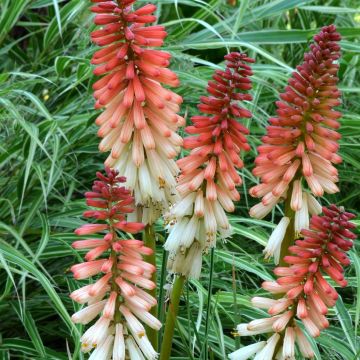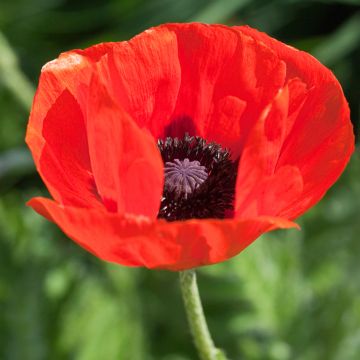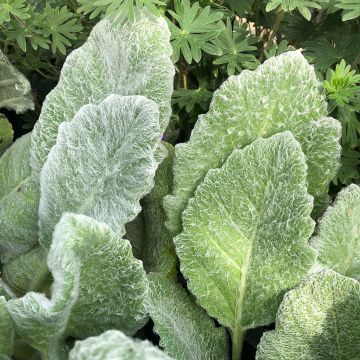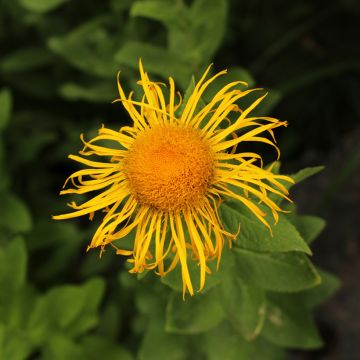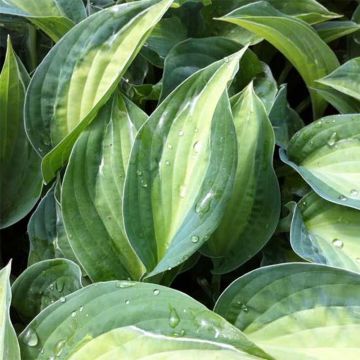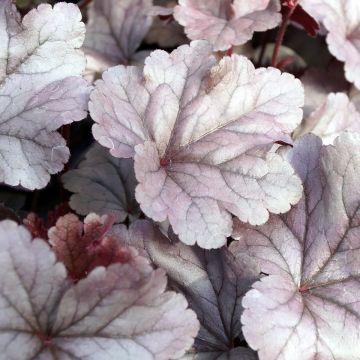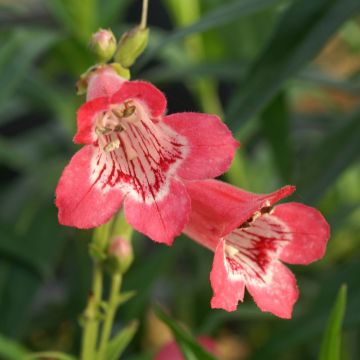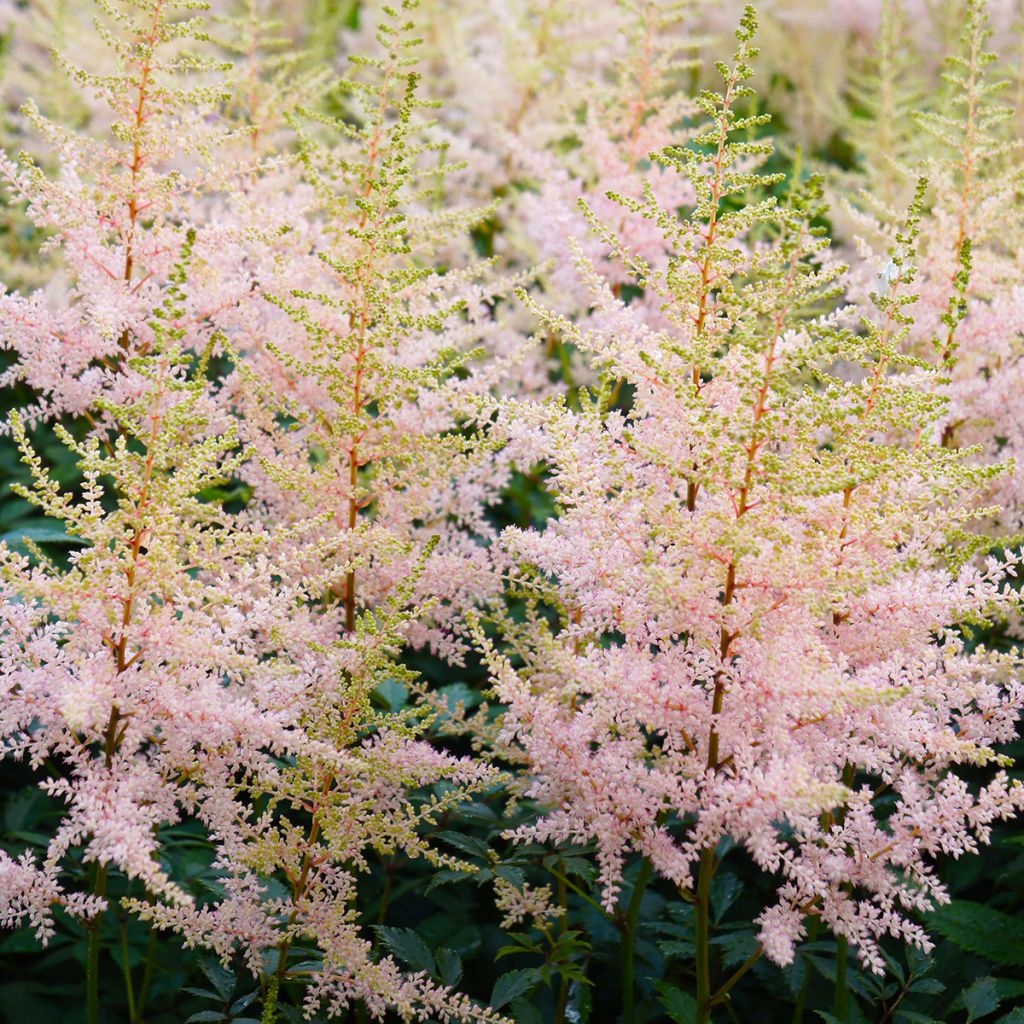

Astilbe Hennie Graafland - False Spirea
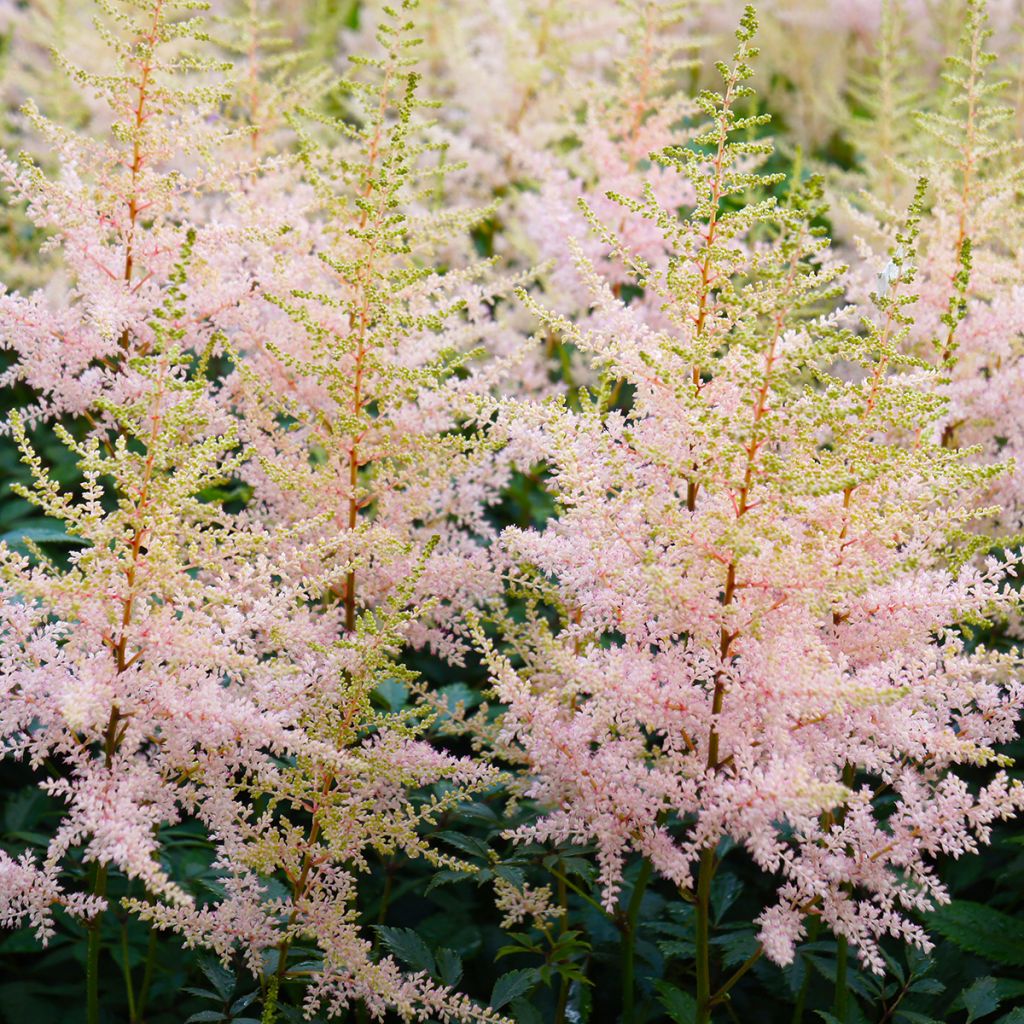

Astilbe Hennie Graafland - False Spirea
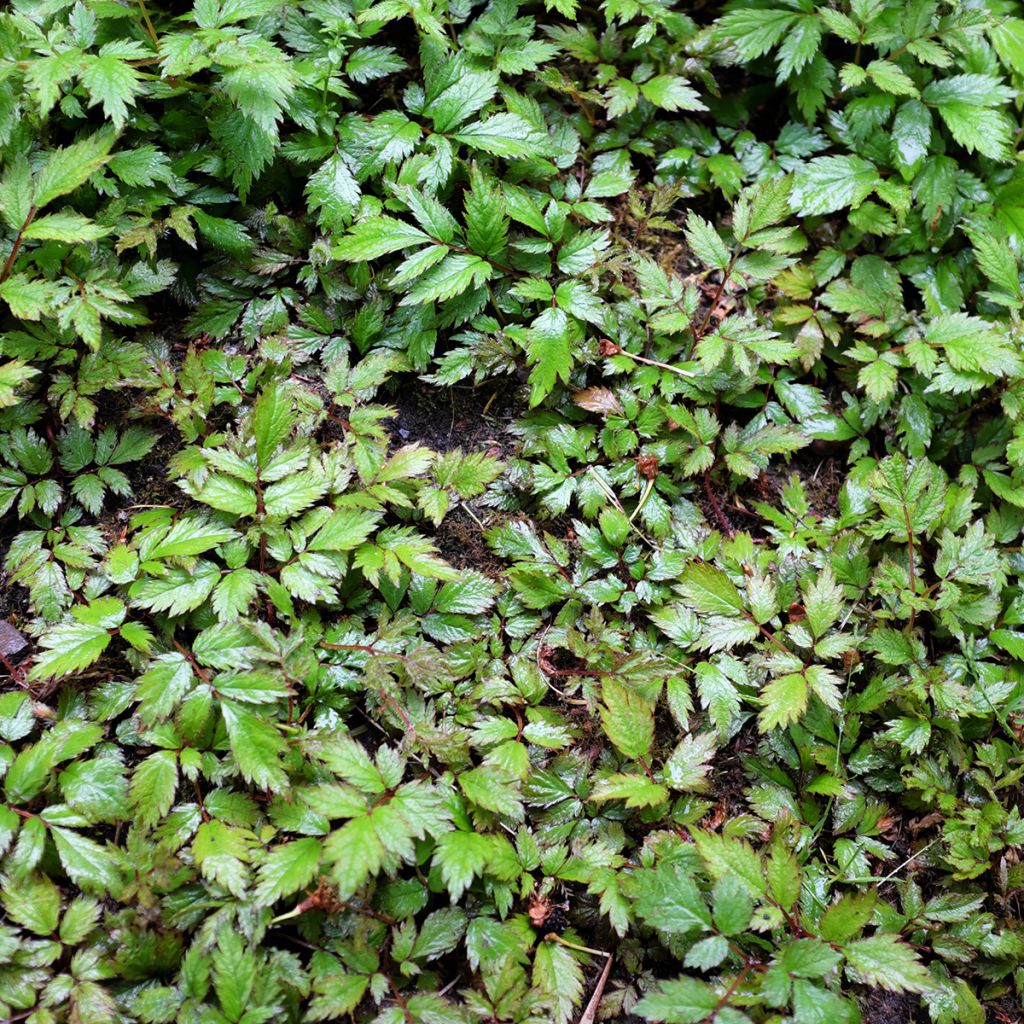

Astilbe Hennie Graafland - False Spirea
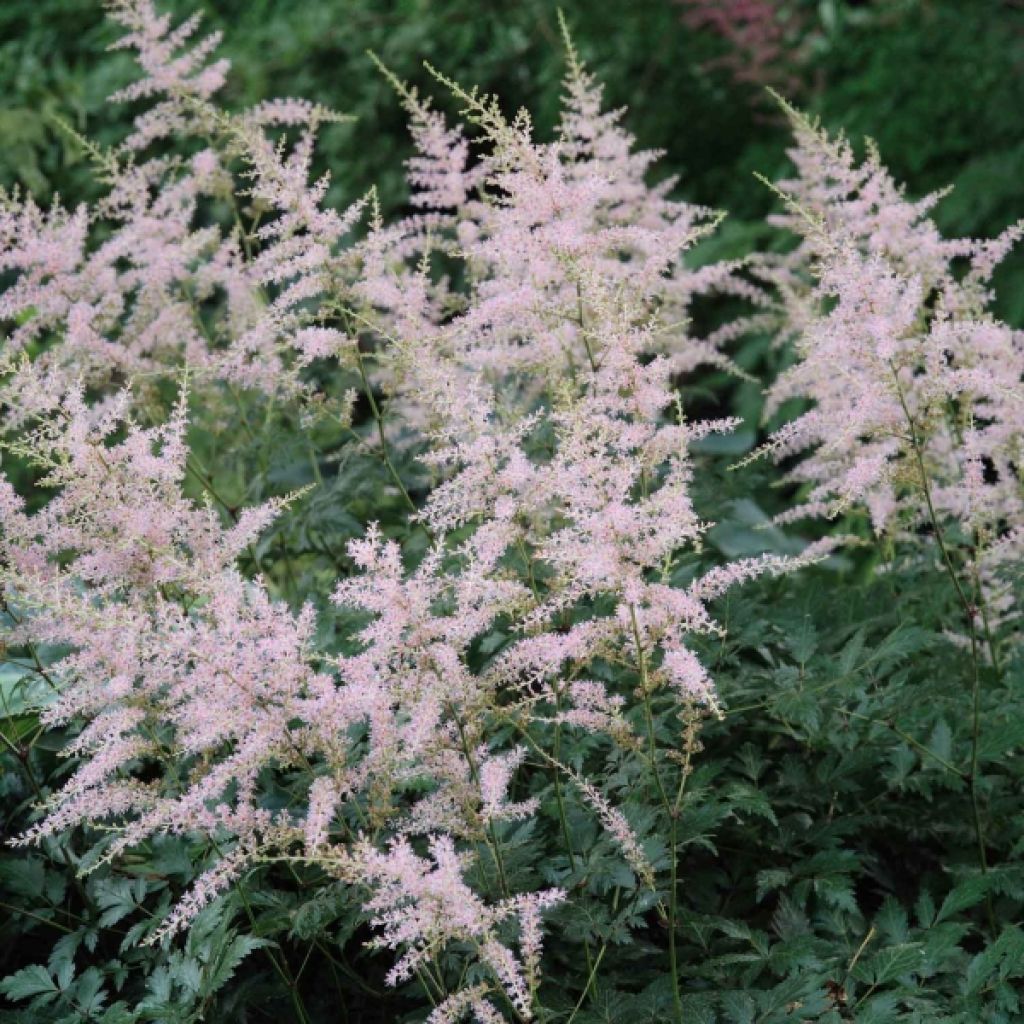

Astilbe Hennie Graafland - False Spirea
Astilbe Hennie Graafland - False Spirea
Astilbe simplicifolia Hennie Graafland
Astilbe, False Spirea
Young plant arrived in good condition well protected in its packaging. I can't wait to see the flowering next year, with its feathery blooms and the delicate promise of its pink colour.
Béatrice, 08/11/2021
This item cannot be shipped to the selected country
Delivery charge from €5.90
More information
Schedule delivery date,
and select date in basket
This plant carries a 12 months recovery warranty
More information
We guarantee the quality of our plants for a full growing cycle, and will replace at our expense any plant that fails to recover under normal climatic and planting conditions.
From €5.90 for pickup delivery and €6.90 for home delivery
Express home delivery from €8.90.
Does this plant fit my garden?
Set up your Plantfit profile →
Description
Astilbe 'Hennie Graafland' is rarely grown, despite its ornamental qualities. In late spring, this lovely perennial illuminates partially shaded beds where its feathery flowering emerges, in a delicate light pink. It is compact with beautiful glossy, dark green and very nicely textured foliage which is decorative even outside of the flowering period. Like other astilbes, the plant thrives in fertile soils that remain moist in summer, including marshy and waterlogged soils.
Astilbe simplicifolia belongs to the family of Saxifragaceae. This wild species is native to Japan, particularly the island of Honshu, as well as the southernmost part of the island of Kyushu. It is a hardy (-20°C (1°F)) perennial plant with rhizomes, adapted to wet locations and non-chalky soils. Its deciduous vegetation disappears in winter and regrows in spring. The hybrid cultivar 'Hennie Graafland' was selected for its delightful pastel pink flowers, unlike the white flowers of the species. This variety resembles 'Sprite', with slightly lighter foliage, pinker flowers, and slightly taller growth. Astilbe simplicifolia plants take a little longer to establish compared to the more commonly cultivated arendsii.
In spring, 'Hennie Graafland' astilbe develops into a clump measuring 30-35 cm (12-14in) in all directions, composed of strongly lobed and undivided leaves. This glossy foliage is a superb dark green. Flowering takes place in June. From the clump of leaves, brown-purple flower stalks, measuring about 45 cm (18in) high emerge. They bear open and slightly trailing, 15 cm (6in) high panicles, composed of numerous tiny star-shaped, pale pink flowers with pearly highlights. After pollination, the flowers are followed by highly decorative rust-coloured seeds.
This perennial is indispensable for compact, heavy, wet, and marshy soils. Astilbe 'Hennie Graafland' is a robust plant that is highly resistant to diseases and will live for many years in the same spot. Plant it along the edge of a pond or at the border of moist woodland with Hostas, Hakonechloas, lysimachias, and Carex. In a sunnier exposure, but still in moist to wet soil, consider pairing it with persicarias, monardas, penstemons, and tall phloxes. You can also grow it with other astilbes with white, pink, or red flowers to create beautiful pastel beds in humid areas. Its cut flowers can be used to make lovely bouquets, with roses and lilies for example, but also interesting dried compositions with grasses or statice.
Report an error about the product description
Astilbe Hennie Graafland - False Spirea in pictures
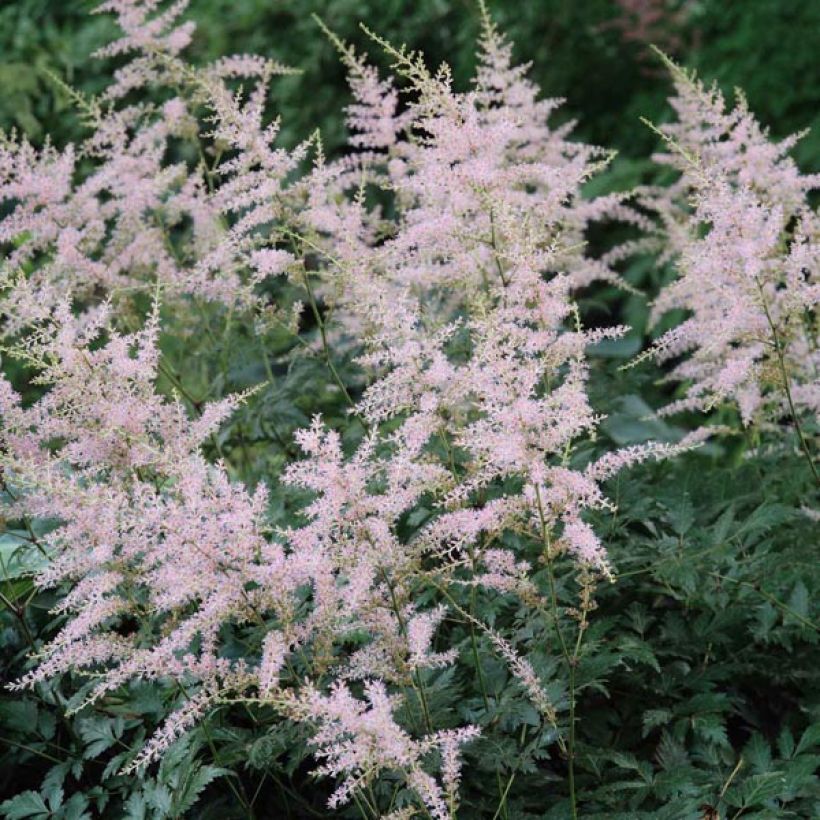

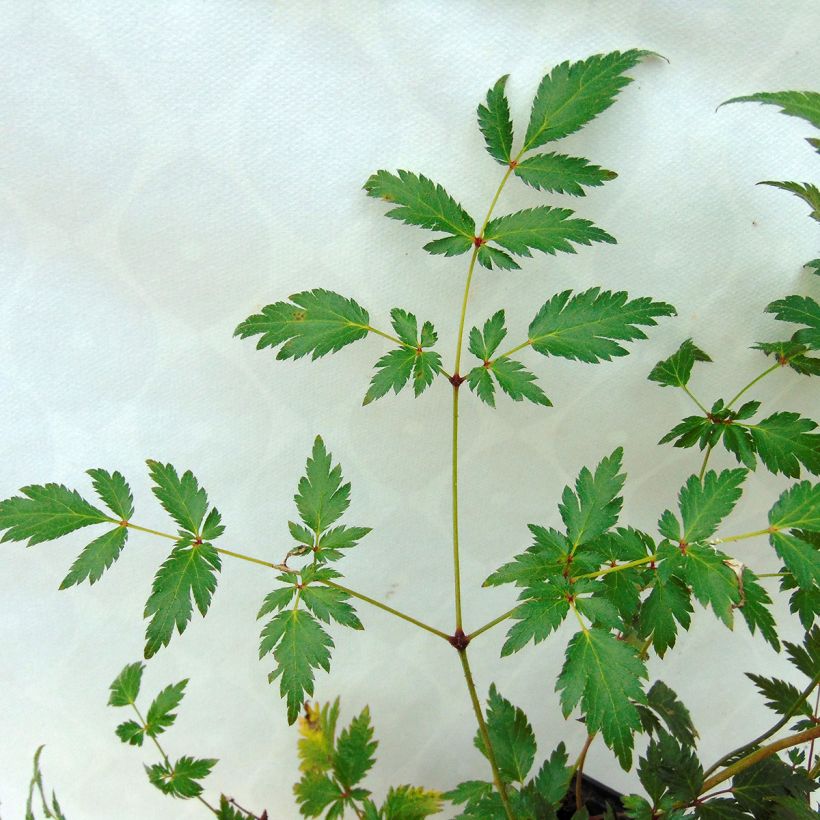

Flowering
Foliage
Plant habit
Botanical data
Astilbe
simplicifolia
Hennie Graafland
Saxifragaceae
Astilbe, False Spirea
Cultivar or hybrid
Other Astilbe - False Goatsbeard
Planting and care
To plant your Astilbe Hennie Graafland, work your soil to a depth of 20 cm (8in) by breaking up the soil and placing a base fertiliser such as bonemeal at the bottom of the planting hole. Remove your plant from its pot and position by covering the top of the root ball with 3 cm (1in) of soil, fill in the hole and water abundantly to eliminate any air pockets. In dry weather, water regularly for a few weeks to aid root development. Astilbes thrive in a marshy location in a sunny or partially shaded spot. They do not tolerate chalky soil that dries out in summer. Late spring frosts can damage the flowers and young leaves.
Planting period
Intended location
Care
-
, onOrder confirmed
Reply from on Promesse de fleurs
Summer flowering perennials
Haven't found what you were looking for?
Hardiness is the lowest winter temperature a plant can endure without suffering serious damage or even dying. However, hardiness is affected by location (a sheltered area, such as a patio), protection (winter cover) and soil type (hardiness is improved by well-drained soil).

Photo Sharing Terms & Conditions
In order to encourage gardeners to interact and share their experiences, Promesse de fleurs offers various media enabling content to be uploaded onto its Site - in particular via the ‘Photo sharing’ module.
The User agrees to refrain from:
- Posting any content that is illegal, prejudicial, insulting, racist, inciteful to hatred, revisionist, contrary to public decency, that infringes on privacy or on the privacy rights of third parties, in particular the publicity rights of persons and goods, intellectual property rights, or the right to privacy.
- Submitting content on behalf of a third party;
- Impersonate the identity of a third party and/or publish any personal information about a third party;
In general, the User undertakes to refrain from any unethical behaviour.
All Content (in particular text, comments, files, images, photos, videos, creative works, etc.), which may be subject to property or intellectual property rights, image or other private rights, shall remain the property of the User, subject to the limited rights granted by the terms of the licence granted by Promesse de fleurs as stated below. Users are at liberty to publish or not to publish such Content on the Site, notably via the ‘Photo Sharing’ facility, and accept that this Content shall be made public and freely accessible, notably on the Internet.
Users further acknowledge, undertake to have ,and guarantee that they hold all necessary rights and permissions to publish such material on the Site, in particular with regard to the legislation in force pertaining to any privacy, property, intellectual property, image, or contractual rights, or rights of any other nature. By publishing such Content on the Site, Users acknowledge accepting full liability as publishers of the Content within the meaning of the law, and grant Promesse de fleurs, free of charge, an inclusive, worldwide licence for the said Content for the entire duration of its publication, including all reproduction, representation, up/downloading, displaying, performing, transmission, and storage rights.
Users also grant permission for their name to be linked to the Content and accept that this link may not always be made available.
By engaging in posting material, Users consent to their Content becoming automatically accessible on the Internet, in particular on other sites and/or blogs and/or web pages of the Promesse de fleurs site, including in particular social pages and the Promesse de fleurs catalogue.
Users may secure the removal of entrusted content free of charge by issuing a simple request via our contact form.
The flowering period indicated on our website applies to countries and regions located in USDA zone 8 (France, the United Kingdom, Ireland, the Netherlands, etc.)
It will vary according to where you live:
- In zones 9 to 10 (Italy, Spain, Greece, etc.), flowering will occur about 2 to 4 weeks earlier.
- In zones 6 to 7 (Germany, Poland, Slovenia, and lower mountainous regions), flowering will be delayed by 2 to 3 weeks.
- In zone 5 (Central Europe, Scandinavia), blooming will be delayed by 3 to 5 weeks.
In temperate climates, pruning of spring-flowering shrubs (forsythia, spireas, etc.) should be done just after flowering.
Pruning of summer-flowering shrubs (Indian Lilac, Perovskia, etc.) can be done in winter or spring.
In cold regions as well as with frost-sensitive plants, avoid pruning too early when severe frosts may still occur.
The planting period indicated on our website applies to countries and regions located in USDA zone 8 (France, United Kingdom, Ireland, Netherlands).
It will vary according to where you live:
- In Mediterranean zones (Marseille, Madrid, Milan, etc.), autumn and winter are the best planting periods.
- In continental zones (Strasbourg, Munich, Vienna, etc.), delay planting by 2 to 3 weeks in spring and bring it forward by 2 to 4 weeks in autumn.
- In mountainous regions (the Alps, Pyrenees, Carpathians, etc.), it is best to plant in late spring (May-June) or late summer (August-September).
The harvesting period indicated on our website applies to countries and regions in USDA zone 8 (France, England, Ireland, the Netherlands).
In colder areas (Scandinavia, Poland, Austria...) fruit and vegetable harvests are likely to be delayed by 3-4 weeks.
In warmer areas (Italy, Spain, Greece, etc.), harvesting will probably take place earlier, depending on weather conditions.
The sowing periods indicated on our website apply to countries and regions within USDA Zone 8 (France, UK, Ireland, Netherlands).
In colder areas (Scandinavia, Poland, Austria...), delay any outdoor sowing by 3-4 weeks, or sow under glass.
In warmer climes (Italy, Spain, Greece, etc.), bring outdoor sowing forward by a few weeks.

































